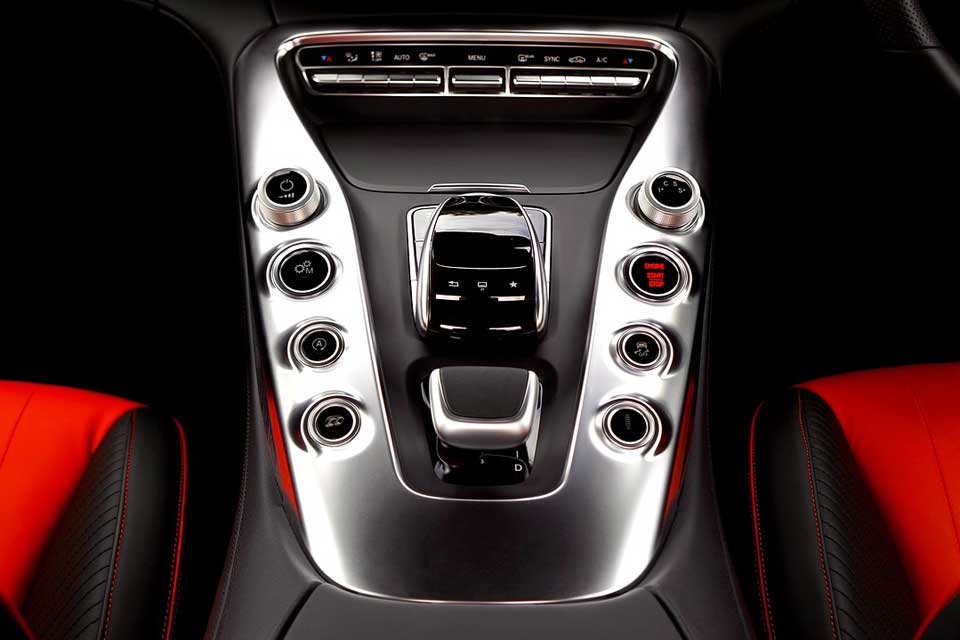GUEST BLOG: Maximising uptime through a data driven approach to rental

David Brennan (pictured, above), CEO of Nexus Vehicle Rental, discusses the benefits of maximising uptime through a data driven approach to rental… As consumption habits continue to shift from ownership to usership, vehicle rental has become an integral part of businesses’ mobility plans across a wide variety of industries including logistics, construction, retail and even […]
Smart technology and its impact on the auto industry

Technology continues to impact on our everyday lives with all major industries striving not to be left behind when it comes to tech advancement. The automotive industry has witnessed huge advancements over the years, for example, in-car Bluetooth systems, dash-cams, and key finders. But what might be next on the agenda? Smart technology predictions for the […]
GUEST BLOG: Incorporating smartphone-based telematics into fleet duty of care

By Nick List, Customer Success Director, Europe, eDriving Under the Health & Safety at Work Act 1974 all UK companies have a legal obligation to ensure their employees do not suffer any unreasonable or foreseeable harm or loss in the workplace and, as such, fleet operators have a duty to not only ensure that company-owned […]
The key innovations driving today’s mobile workforce into the future

By Derek Bryan (pictured), Vice President EMEA, Verizon Connect In a hyper competitive market, enterprises across every sector are looking for any advantage to get ahead of the competition and meet customers’ expectations. Innovation has become central to success, particularly for enterprises that rely on a mobile workforce. Mobile workforce management has come a long […]
GUEST BLOG: 5 ways to ensure a fleet stays safe on the roads

By Rebecca, Technician at Dronsfields If you manage numerous vehicles as a part of your business, you’ll understand the importance of ensuring their functionality and safety – as well as the safety of their drivers! Here, I’ll explain how to easily keep your fleet safe and running as it should by offering up a few choice […]
What does the future of electric vehicles look like?

What can we expect from our electric automobiles? Well, the concept of the electric car may have been around for over 100 years, but it’s only now that it is becoming a driving force in the car industry. With so many technological advances, cars are rapidly changing, with fully autonomous cars set to be rolled out […]
GUEST BLOG: Effectively managing driver risk by making safety part of every day

By Andy Cuerden, Managing Director, Europe, eDriving What do you do if a customer calls your company employee while they are driving? An eDriving client recently shared a story about a customer calling their customer services department from a mobile phone while driving. The customer services representative politely informed the customer: “I’m sorry, it is […]


